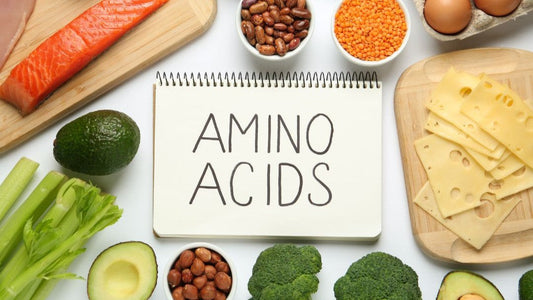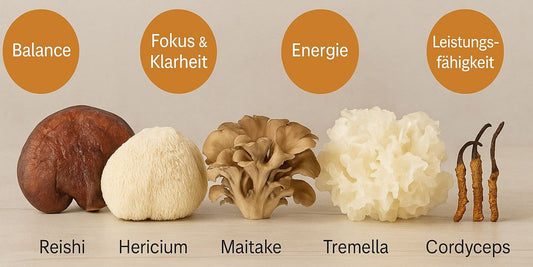A new study, published online November 11, 2023 in the Journal of the American Medical Association (JAMA), has shown that reducing sodium consumption has the potential to lower blood pressure for the vast majority of people, even those with normal blood pressure.
The effects of sodium consumption on blood pressure vary from person to person. For many people with high blood pressure, a high-sodium diet definitely increases their blood pressure. But the study found that drastically reducing sodium consumption can potentially lead to lower levels, even for those with normal blood pressure.
The researchers recruited 213 adults ages 50 to 75. Some had normal blood pressure, others had high blood pressure. Each was randomly assigned to either a high-sodium diet (an extra 2,200 milligrams (mg) of sodium per day above their usual consumption) or a very low-sodium diet (a total of 500 mg of sodium per day) for one week. They then switched to the other diet for another week.
When researchers compared the results, they found that a very low-sodium diet was able to significantly reduce blood pressure in about 74% of participants - regardless of their previous blood pressure status or whether they were taking blood pressure-lowering medications. The results suggest that more people than previously thought have sodium-sensitive blood pressure elevations, even if they do not have high blood pressure.
Although it is unrealistic to expect people to limit their sodium consumption to the extremely low levels used in this study, efforts to reduce the average American's sodium consumption of 3,400 mg can have significant health benefits.
Overall, this study highlights the importance of a balanced diet with moderate sodium consumption in maintaining healthy blood pressure levels and the potential to reduce the risk of high blood pressure and related diseases. It is advisable to speak with a doctor or dietitian for individualized recommendations on reducing sodium consumption and promoting a healthy lifestyle.
What is sodium and where is it found?
Sodium is an essential mineral that plays an important role in the human body. It is a component of sodium chloride, commonly known as table salt. Sodium is crucial for regulating water balance in the body and for the function of nerve and muscle cells.
Sodium is naturally present in many foods, and it is also often added as a preservative and flavor enhancer. Here are some examples of where sodium can be found in various amounts:
- Table salt (cooking salt): This is the most obvious source of sodium. Table salt is used in many recipes and is also found in processed foods such as bread, cheese, deli meats, soups and snacks.
- Spices and spice blends: Many spices and spice blends also contain sodium. When purchasing spices, it is important to pay attention to the sodium content, especially in spice blends and ready-made sauces.
- Convenience and processed foods: Convenience foods, fast foods, snacks and processed foods often contain high amounts of sodium to improve flavor and shelf life. This includes chips, instant soups, ready meals, pizza, burgers and more.
- Canned and pickled foods: Canned foods and pickled foods also often contain a lot of sodium as a preservative.
- Bread units: Bread units, such as bread, rolls and pastries, also contain sodium because salt is an essential ingredient in pasta.
It is important to monitor sodium consumption and aim for a balanced diet rich in fresh fruits, vegetables, lean proteins and whole grains to promote cardiovascular health and reduce the risk of high blood pressure and other related diseases.
Which foods should I avoid?
If you want to reduce your sodium intake, you should watch out for highly processed foods and those that are high in sodium. Here are some foods and food groups that you should avoid or at least reduce to reduce your sodium intake:
- Ready meals: Ready meals such as instant soups, frozen pizza, convenience foods, instant noodles and ready-made sauces often contain high amounts of sodium to enhance taste and extend shelf life.
- Fast food: Fast food dishes such as burgers, French fries, hot dogs and nuggets tend to be very high in sodium because they are often prepared with salt and spicy sauces.
- Processed meat: Sausages, cold cuts, bacon and other processed meats often contain large amounts of sodium as a preservative.
- Cheese and dairy products: Some cheeses and processed dairy products can be high in sodium. It is advisable to avoid or reduce consumption of processed cheese, cheese dips and salted butter.
- Pickled and canned foods: Canned foods such as pickled vegetables, soups, beans and fish can also be high in sodium.
- Spices and seasonings: Some spices and seasonings also contain high amounts of sodium. Be sure to reduce your use of salty spices and seasonings.
- Snacks and salty foods: Chips, pretzel sticks, salted nuts and other salty snacks are high in sodium and should be avoided or enjoyed only occasionally.
By focusing instead on fresh, unprocessed foods, such as fresh fruits and vegetables, lean meats and fish, legumes, whole grains, and unsalted nuts, you can reduce your sodium intake and contribute to a healthier diet. It can also be helpful to read labels on food packages and look for low-sodium or sodium-free options.
Stay healthy and individual!
Your team from indyvit.com
This might also interest you:




